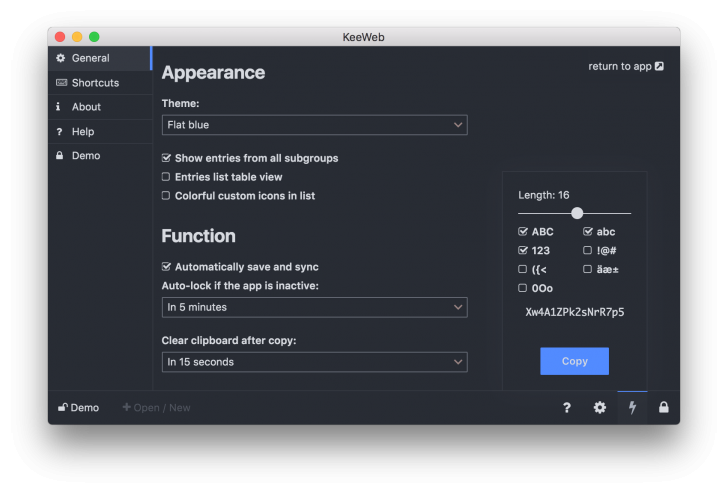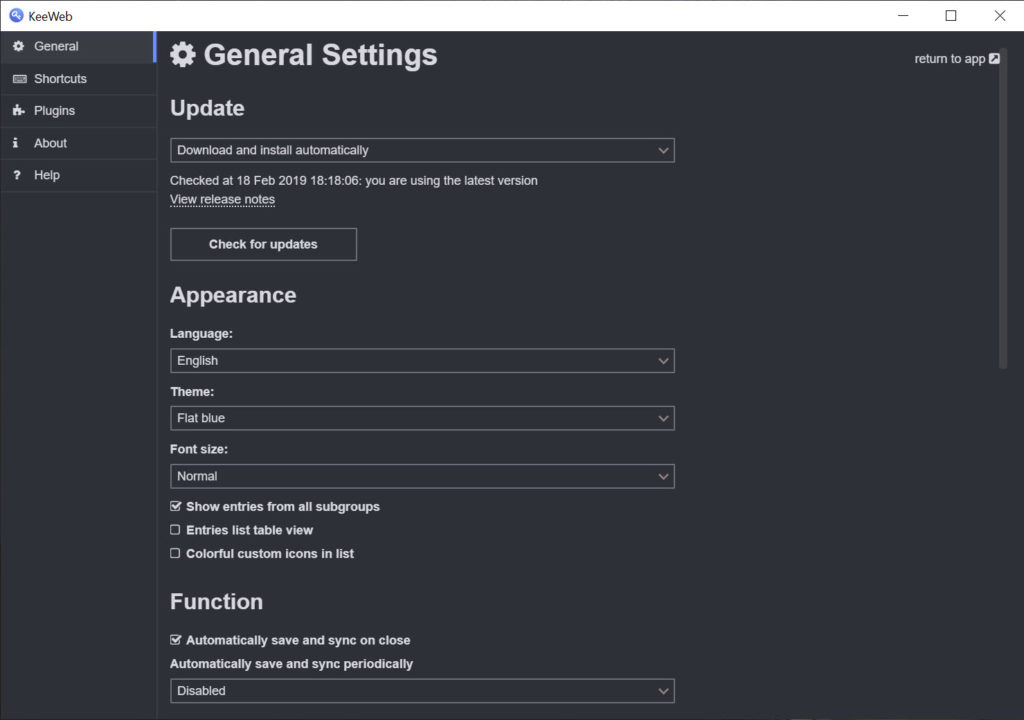
Select Settings > Resource sharing (CORS).Open the Storage Account in Azure Portal.


Assign access to the users or groups that can access the files in this container, give each entry the Role ‘Storage Blob Data Contributor’ if you want them to have the ability to modify the data in the container.Ĭonfigure CORS to enable the web application to make requests to the Storage Account API.Click Grant admin consent for Default Directory.Select Add a permission, select Azure Storage, pick user_impersonation.

ID tokens are required because this app must sign in users and call an API.
In the Implicit grant and hybrid flows section, select ID tokens. On the app overview page, note the Directory (tenant) ID value, we will need this for later use. On the app overview page, note the Application (client) ID value, we will need this for later use. Under redirect URI, select Single-page application (SPA), enter the path to the web application that was setup earlier in the form. Under Supported Account Types choose ‘Accounts in this organizational directory only (Default Directory only - Single tenant). Enter a unique name for your application. #Keeweb git registration#
Under Manage, select App Registrations > New registration. Register your application on Azure Active Directory To setup this plugin you will need to configure a few settings within the Azure Portal. I created a plugin for KeeWeb that extends KeeWeb with the ability to load KeePass files stored within Azure Blob storage. Before we begin front-end development we also want to ensure that the web app will be able to handle all features we had planned for the desktop client.Use azure blob storage to store KeePass files that can be shared among multiple users within your organization. The thing I'm having some trouble with is determining which one is best suited for this project. My previous experience was mostly using Java. Now we are considering building a web application instead. Previously we intended to build a Java desktop client with a JavaFX UI. Our project has a Java back-end that accesses a Neo4j database. Please do not let yourself get confused by those (as we did). This would only be a last resort solution.įor German-speakers, please note that there is a spelling error in the target elements. Our conclusion would be to use regular expressions to extract the href attributes that we need. 
We hypothesize that the desired elements are impossible to parse by Selenium and BeautifulSoup for whatever reason? Could the iframe tags in the DOM be a source of error (see this SO question)? What makes the parsing fail here, and is there a way to get around this problem? A website-related problem source would also explain why the SelectorGadget was unable to get a path in the first place. Chrome could extract a path, but neither Selenium nor BeautifulSoup can work with those paths.Īfter many failed attempts to extract the elements using different classes and tags, we believe something is entirely wrong with either our approach or the website. We proceeded to use a CSS path using Google Chrome (ctrl+shift+c). Unfortunately, we've noticed that the browser plugin SelectorGadget had trouble providing us with a CSS path. We usually use CSS paths and pass those to Selenium's find_elements_by_css method. We are trying to parse href attributes from the DOM of a job website.








 0 kommentar(er)
0 kommentar(er)
